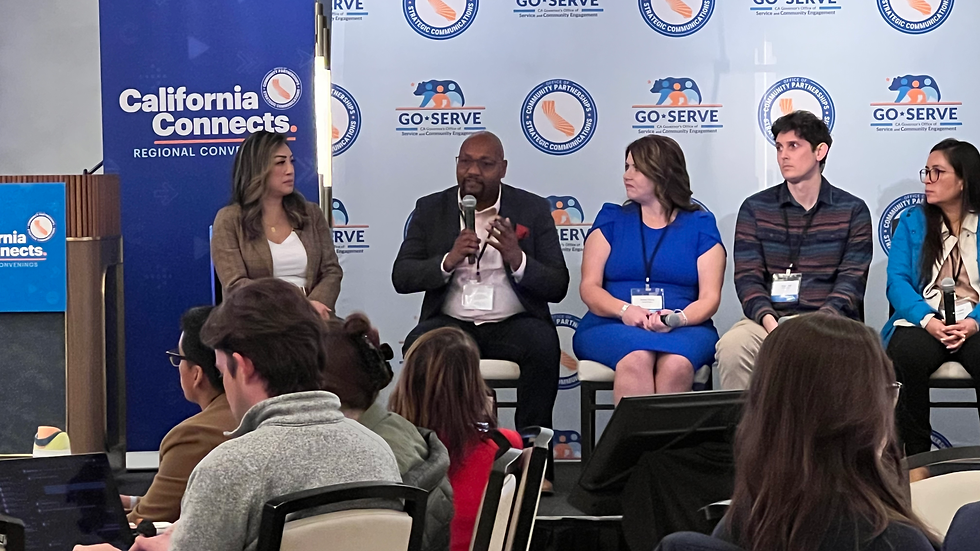Customers can schedule free visits to check carbon monoxide monitors
- INFO-MD Staff

- Nov 5, 2018
- 3 min read

As temperatures begin to drop in California, many residents look at making sure their pilot lights are working so they can heat their homes in the colder months. But Pacific Gas & Electric (PG&E) also wants residents to keep their carbon monoxide monitors in order. Carbon monoxide (CO) is an odorless, colorless gas emitted by stoves, furnaces, boilers and other heating devices. It occurs when the fuel in these devices isn’t fully burned.
According to statistics from the Center for Disease Control (CDC,) carbon monoxide poisoning killed 400 people in 2015. Thirty-six percent of these deaths happened during the winter months. Carbon monoxide poisoning was also responsible for the recent death of a Wales, Mass. man who died from fumes emitted by a coal fire. Incidents like this are a yearly occurrence.
According to a study published by Morbidity and Mortality Report Weekly, CO poisoning was the leading cause of unintentional poisoning deaths in the United States. The report, which studied data from 2000-09, also discovered that more than half of CO deaths happened between the months of November and February.
However, PG&E has taken a proactive stance to the problem. It has a program that allows customers to schedule carbon monoxide checks at no cost. Customers can schedule a maintenance call by going to www.pge.com or by calling (800) 743-5000.
“One way to keep your loved ones safe is to get gas appliances and carbon monoxide detectors checked now before the cold months come and gas use increases. We often forget detectors have expiration dates. With the anticipated increased use of gas appliances during cold months, now’s the time to make sure they’re operating properly,” said Vic Baker, senior manager of Local Customer Experience at PG&E.
The company has been kept busy responding to calls about carbon monoxide alarms over the past few years. From 2016 to 2017, customers made more than 15,000 calls requesting a response to this situation.
PG&E also offers a few common sense tips to avoid carbon monoxide poisoning. The company recommends that customers refrain from operating heating devices, such as grills and generators, indoors. Another useful tip is to avoid using the oven as a heating device. Company officials also recommend that carbon monoxide monitors are located in sleeping and common areas.
The company also recommends that residents change their carbon monoxide batteries at least twice a year and make sure heaters and other gas-powered devices have adequate ventilation.
PG&E officials also said technicians can also review other heating devices while they are checking carbon monoxide monitors. The process takes between 15 to 45 minutes and is an opportunity to make your home more energy efficient and safer at the same time.
Erik Newman, Chief of the City of Stockton Fire Department, said his organization has dealt with several cases of carbon monoxide poisoning over the years.
According to Newman, one of the best forms of prevention is for residents to “Have a qualified person inspect their heating system, water heater and fireplace annually.”
He said that having a working carbon monoxide monitor is an important way of preventing poisoning, but there are some symptoms which you can watch out for.
“Some of the early symptoms of carbon monoxide are headaches, nausea, shortness of breath, and feeling fatigue,” Newman said.
Newman recommends immediate action if you suspect someone is suffering from carbon monoxide poisoning.
“Remove them away from carbon monoxide area and get them into fresh air ASAP. If the person is unresponsive, not breathing, or not breathing normally, begin CPR,” he said.








Comments